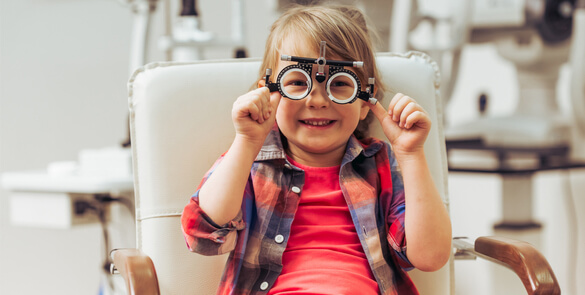This information aims to answer some of the questions you may have about squint surgery. The information does not cover everything as every patient and squint is different. Your surgeon will discuss your particular case with you. Please ask the clinical staff about anything you want to be made clear. What are the aims of… Continue reading Squint Surgery In Children
Corneal cross-linking
[:en]Corneal cross-linking (CXL) is a treatment for patients with keratoconus which can prevent their condition getting worse. CXL is successful in preventing the condition deteriorating in more than 90% of cases. After treatment, you will still need to wear spectacles or contact lenses. Keratoconus gets worse because the cornea weakens. CXL, also known as C3R,… Continue reading Corneal cross-linking
